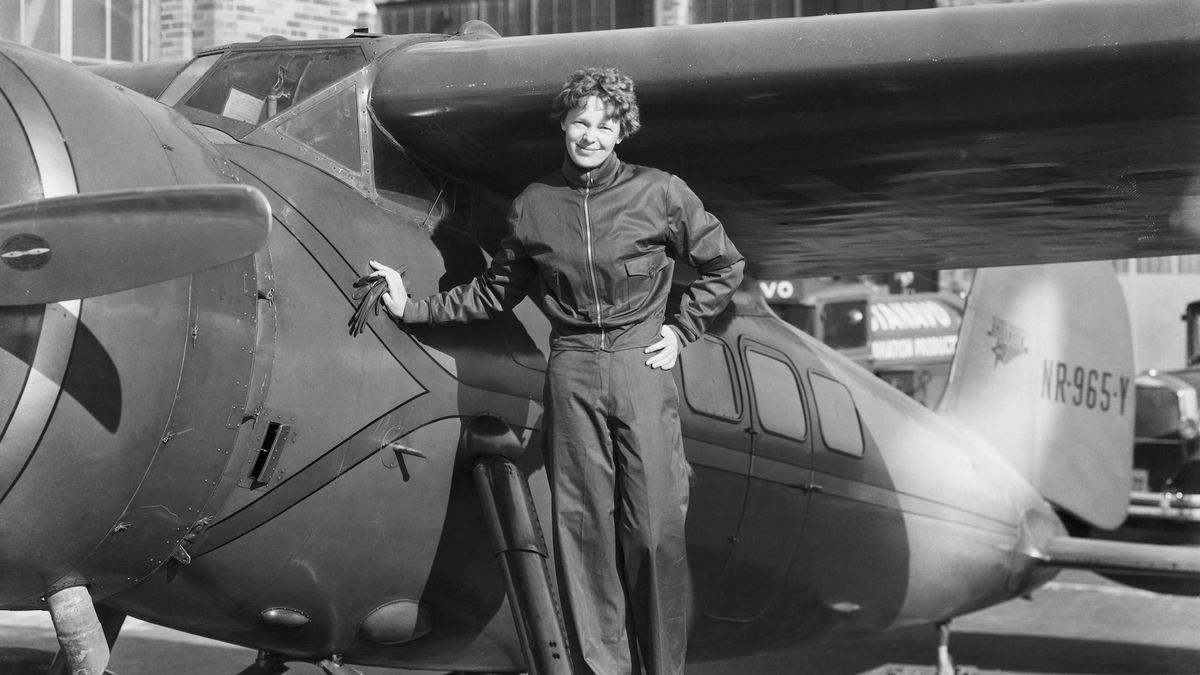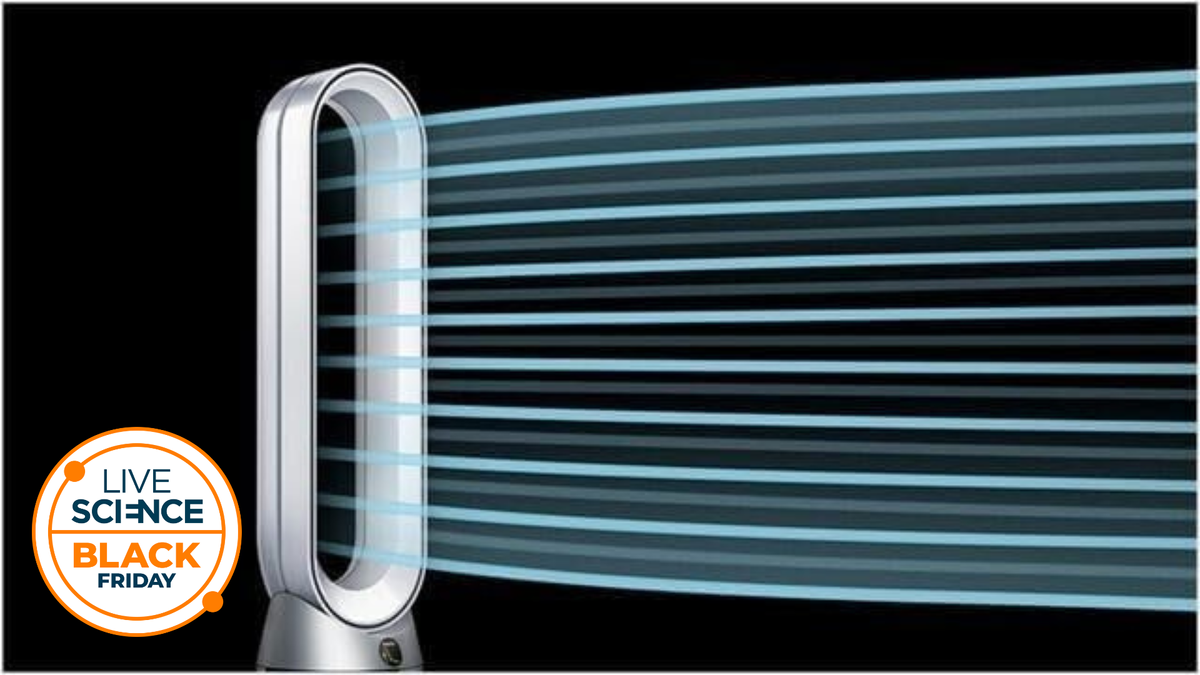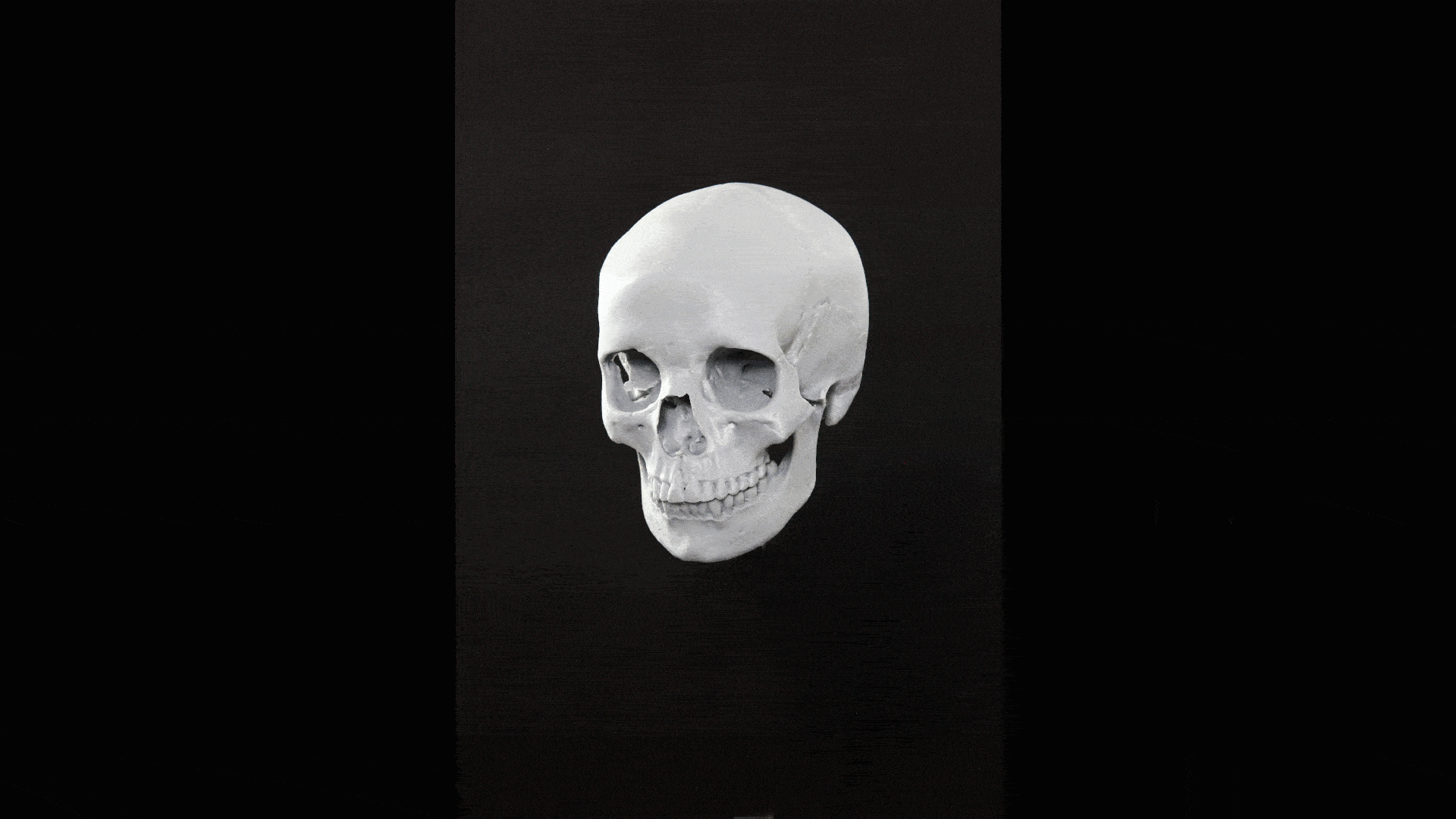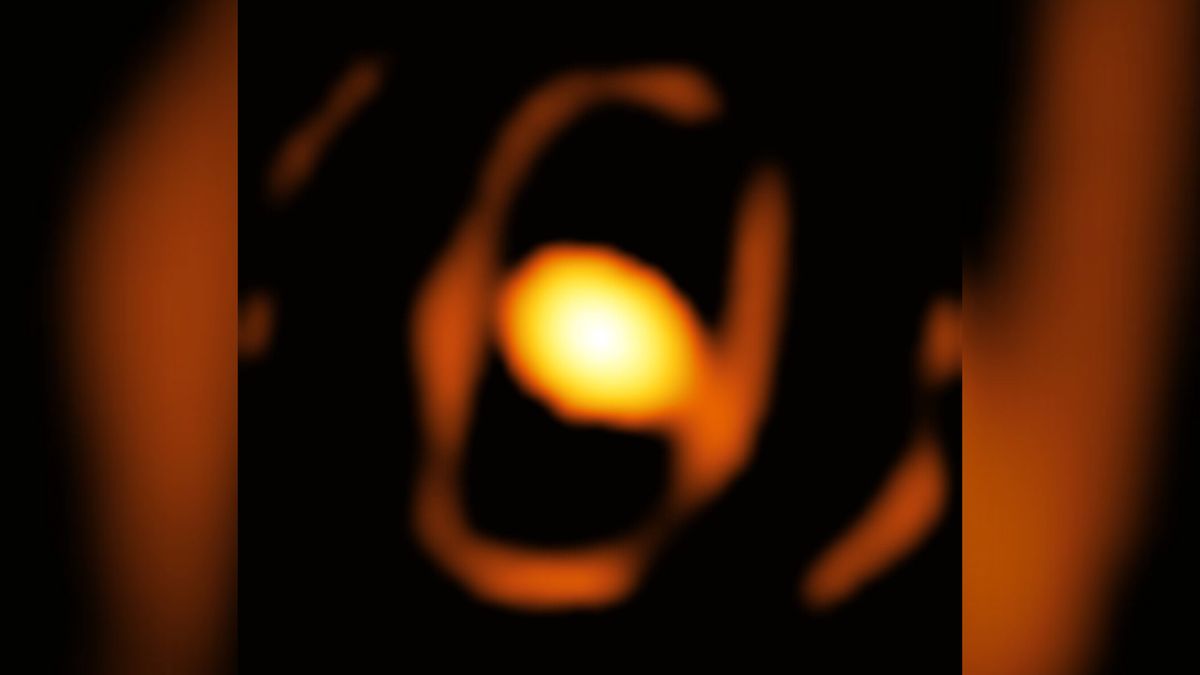Sonar images allegedly showing the underwater remains of Amelia Earhart’s missing plane actually feature something far more banal: a clump of rocks, the exploration group that took the photo has confirmed.
The underwater sonar images were first revealed in January 2024 by Deep Sea Vision, a South Carolina-based deep-water-exploration company, outlining what appeared to be a sunken plane hidden 16,000 feet (4,900 meters) beneath the Pacific Ocean’s surface. However, after an 11-month investigation, the company has announced that the structure is not Earhart’s missing plane after all.
The statement was made in a Nov. 6 Instagram post.
Earhart’s last journey
Amelia Earhart is one of the world’s most celebrated aviators and was the first woman to fly solo across the Atlantic Ocean. However, on July 2, 1937, during an attempt to become the first female pilot to fly around the world, Earhart and her navigator, Fred Noonan, went missing. The duo was last heard from while flying between Lae, Papua New Guinea, and Howland Island, a small coral atoll located just north of the equator in the central Pacific Ocean.
Earhart flew a Lockheed Electra 10E, a twin-engined plane roughly the size of a bus, on this expedition. The remains of the aviators and their plane have never been found.
Related: ‘It is a treasure’: Wreck off Kenyan coast may be from Vasco da Gama’s final voyage
Between September and December 2023, a 16-member crew led by Deep Sea Vision scoured around 5,300 square miles (13,700 square kilometers) of the Pacific Ocean floor using state-of-the-art sonar and laser imaging technology to search for the aircraft.
On Jan. 27, the team revealed what appeared to be sonar images of a structure that looked like the missing plane, taken around 100 miles (160 kilometers) off Howard Island.
“One of the most unique key characteristic[s] of [Amelia Earhart’s] aircraft were the distinctive twin vertical stabilizers on the tail,” Tony Romeo, a former pilot and current CEO of Deep Sea Vision, previously told Live Science. “The sonar image shows what appears [to be] two strong echoes from where these two vertical stabilizers would be positioned.”
While some experts believed the images were credible representations of Earhart’s aircraft, others, including The International Group for Historic Aircraft Recovery (TIGHAR), were not convinced.
“The Lockheed Model 10 was built around an immensely strong center section that featured a massive ‘main beam’ that ran through the cabin and all the way from engine to engine,” TIGHAR representatives wrote in an email newsletter in January 2024. “For the wings of an Electra to fold rearward as shown in the sonar image, the entire center section would have to fail at the wing/fuselage junctions — and that’s just not possible.”
Upon returning to the site where the image was taken, the Deep Sea Vision team learned that the target was in fact a natural rock formation. However, they added that the team is continuing the search for the famous wreckage.
“The plot thickens with still no evidence of her disappearance ever found,” the company said in the Instagram post.















